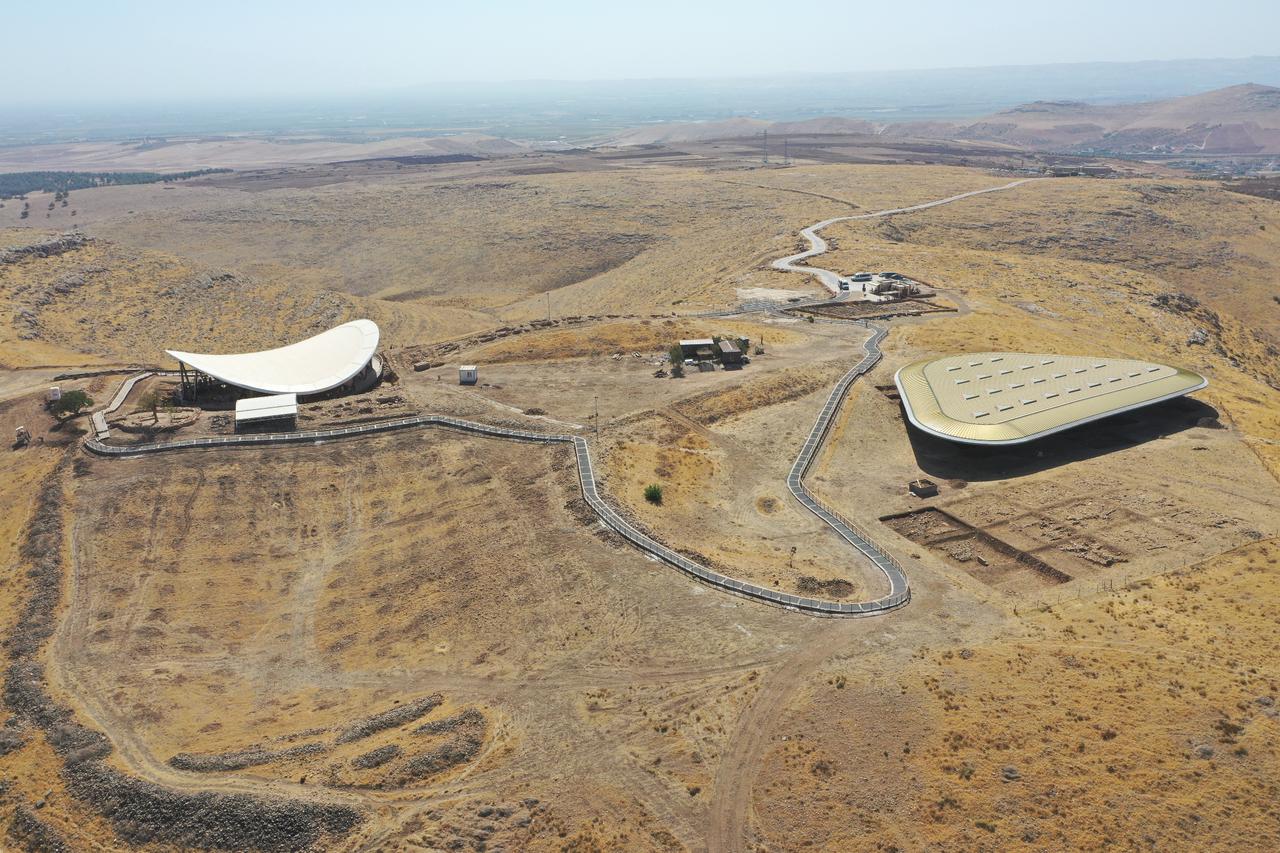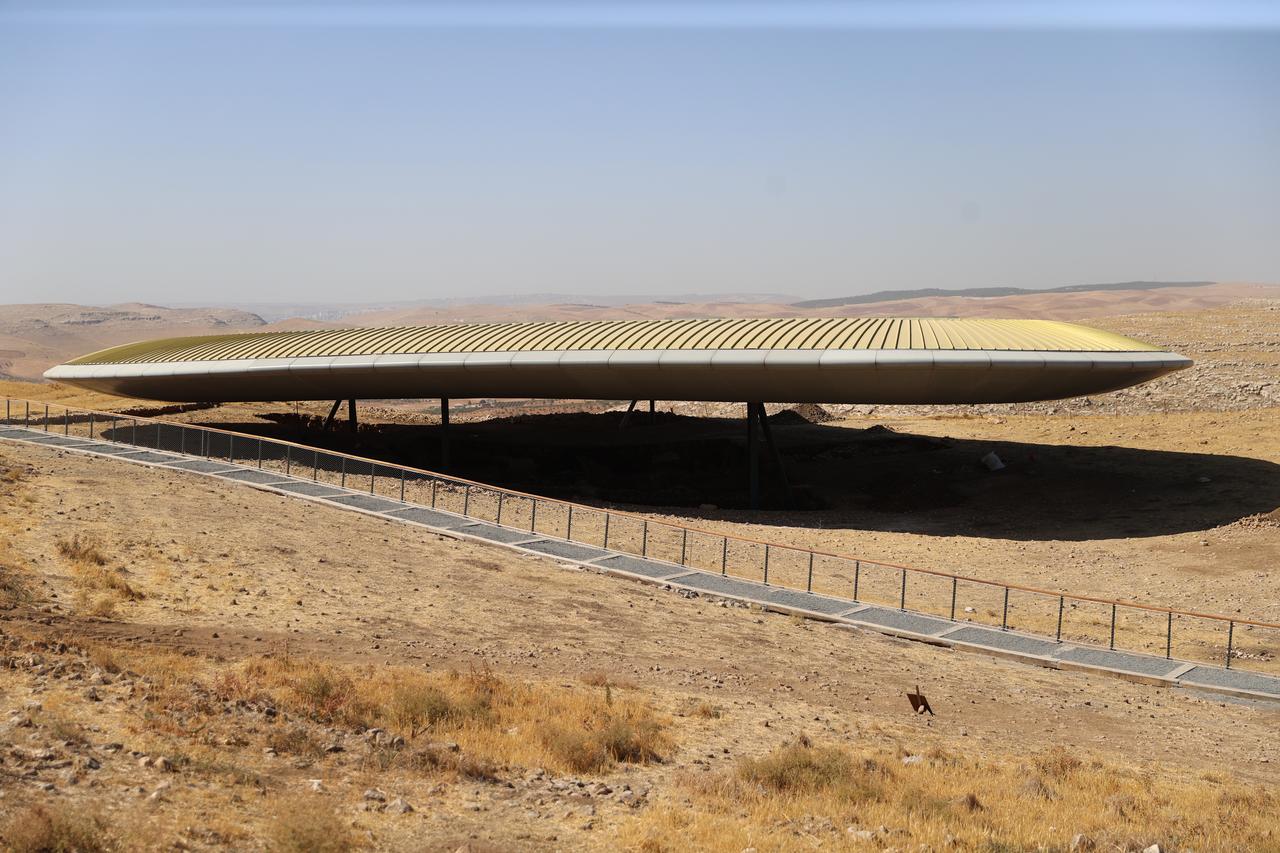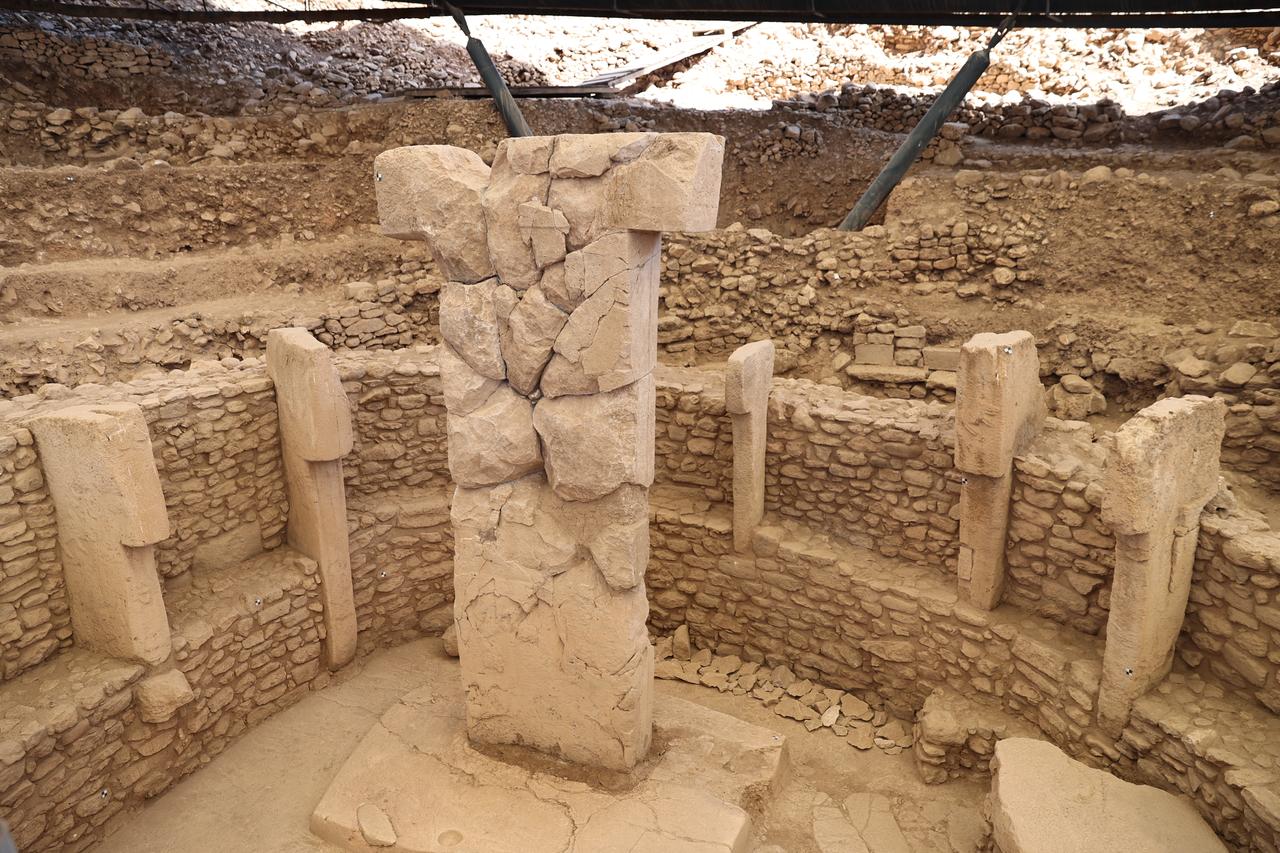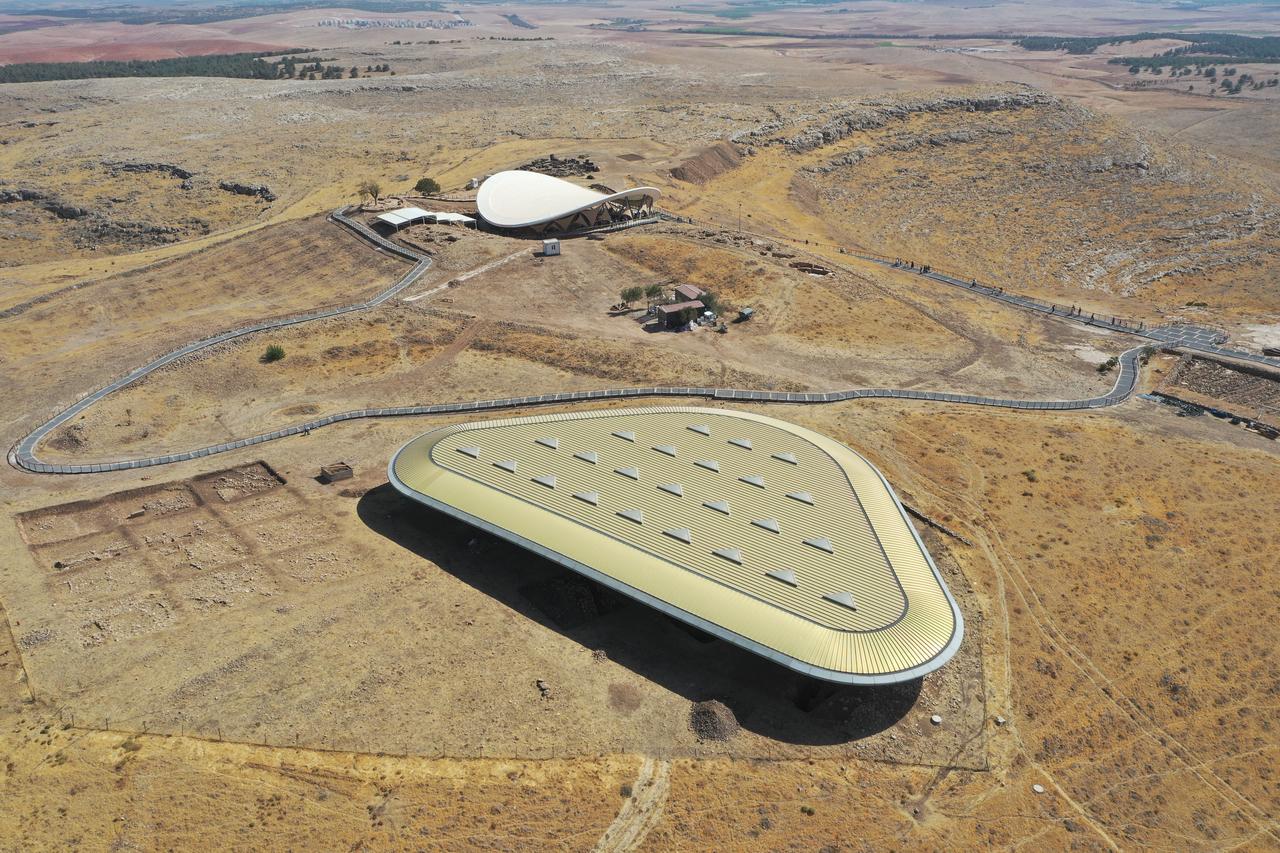
Gobeklitepe, a UNESCO World Heritage site near Sanliurfa in southeastern Türkiye, is getting ready to open a second excavation area to visitors. The zone, known as GT2 (Gobeklitepe 2) and protected by a green roof, is expected to begin receiving visitors in about a month.
Excavations will carry on during visiting hours, with access managed so people can see the Neolithic remains up close without putting the site at risk.

Archaeologists date Gobeklitepe to the Neolithic Period—an early farming era when settled communities first formed. The site is famed for its “T”-shaped standing pillars carved with wild animals.
Many of these monoliths stand roughly 3–6 meters (9.8 feet–19.6 feet) tall and can weigh tens of tons, which has reshaped how scholars view the rise of ritual spaces long before metal tools or pottery became common.

Excavation director Professor Necmi Karul said the team has renewed walking paths and set out new routes so visitors can follow the story of the site more clearly.
These routes will not only focus on revealed structures but will also include areas planned for future excavation. A wooden platform is being built inside GT2; once it is complete, visitors will be able to look over the trench safely while work goes on.
The excavation leadership stressed that accurate information is a priority. They aim to share research outcomes through broadcasts, documentaries, publications, and signage at the visitor center so the public can reliably follow the findings.
Karul noted that misleading claims sometimes circulate about Gobeklitepe, which is why the team feels responsible for clear, fact-based communication.

Karul underlined that conservation leads every decision. Everyone has a right to see the site, he explained, but archaeologists must investigate, document, and stabilize remains before throwing open new areas.
Visitor access is therefore designed to let people look in without putting pressure on fragile structures, mirroring the approach already used at the first shelter, GT1 (Gobeklitepe1).